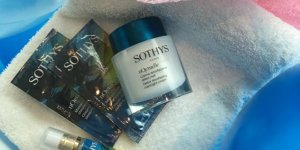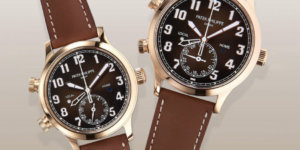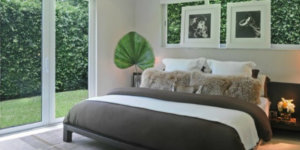Interview: Textile Artist Anne Samat Explores the Art of Songket & Malaysian Identity With Woven Sculptures
Malaysian fibre textile artist Anne Samat’s sculptures woven from domestic materials bring attention to the art of weaving.
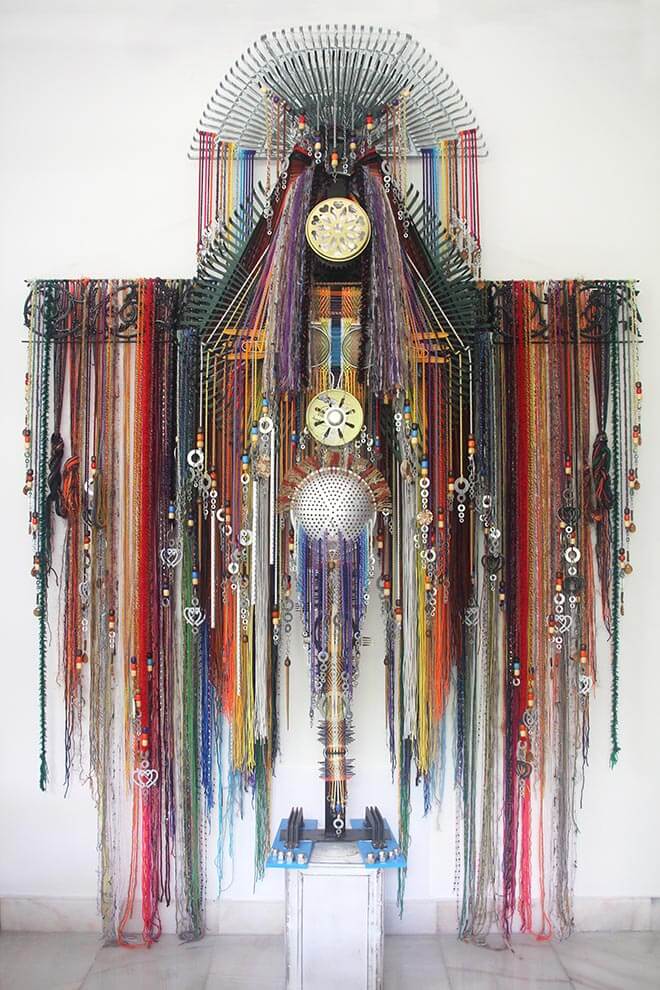
Tribal Chief Series 12
Boldly colourful, with sharp, protruding metallic edges, smooth tapestry surfaces and textured braided strands, Malaysian artist Anne Samat’s wall sculptures are woven by hand using fibres and found objects. With the mixed materials, her artworks appear simultaneously hard and soft, alluding to the complexity of identity and nationhood.
For Samat’s works, the whole is certainly greater than the sum of its parts, and the components contribute significantly to the overall message. With the use of primarily functional household items such as the colander and the fork to make her aesthetically arresting artworks, one cannot help but think about the Chinese saying that praises the woman who is as adept in the kitchen as she is presentable in the living room, calling to question the role of women in today’s society.
How would you prefer to have your artworks described? As textile design, weavings, sculptures, contemporary fibre art? How much does the label matter?
To be honest, it doesn’t matter to me. This is not politics. Art is magic, universal, subjective and open to any interpretation.
When and how did you pick up weaving? What is it about weaving that appeals to you as an artist?
It all started when I was at university. I knew nothing about weaving when I was a student. That’s the reason why I took weaving as my major. I wanted to learn something completely new and different.
In your tapestries, aside from fibres, you weave in unconventional materials such as wall washers and kitchen and garden utensils. How do these household tools add to your artworks aesthetically and conceptually?
Those household tools such as washers, nuts, bolts, garden rakes, sieves and so on have the ability and power to transform my artworks into three-dimensional figurative sculptures that have become my signature.
Those elements above also have unexpected and intriguing qualities. The domestic association of these objects is the key to my explorations of what it’s to be a female artist and expectations and social conditioning of gender roles in our society. This play on the idea of the Goddess is central to my work and by combining domestic paraphernalia with traditional weaving techniques, these seemingly banal materials become, conceptually, artworks of incredible power and presence.
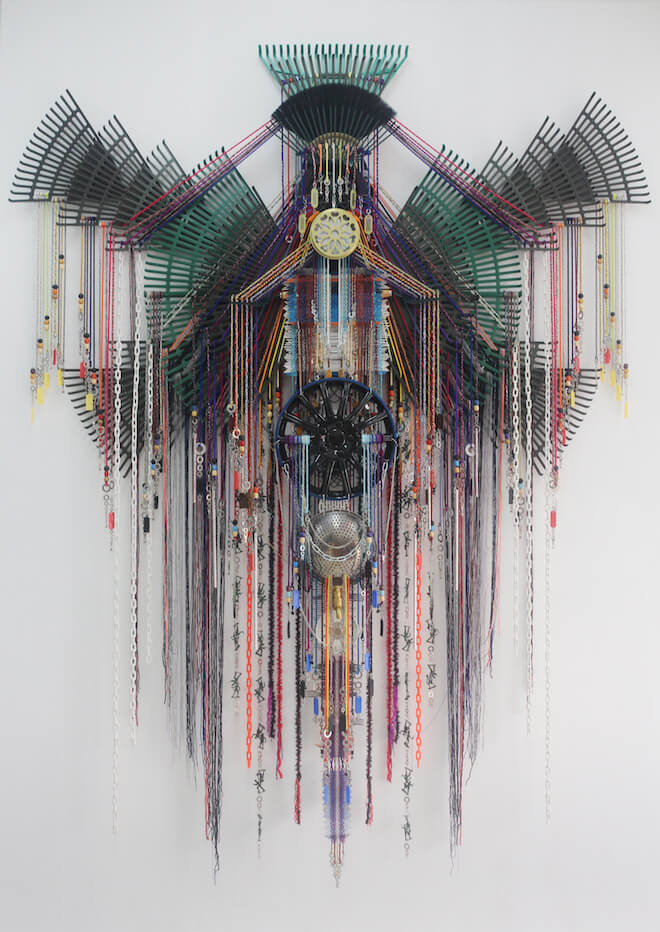
Anne Samat, ‘Freedom 3 …. From Fear’, 2017. Image courtesy Anne Samat and Richard Koh Fine Art
Your works are usually seen mounted on the wall. Should they be seen only from the front or would you prefer that they can be viewed all around?
At the present moment, most of my artworks are usually seen mounted on the wall. However, I am planning to set them free so they can be viewed all around by combining it with free-standing sculptures.
Rattan sticks feature significantly in your artworks. What is compelling about them?
Besides unconventional materials, rattan sticks feature significantly in my artworks because of their flexibility, durability and lightweight. They can easily be painted, manipulated and are resistant to splintering. Those characteristics are the important combinations and ideal to produce bigger but lighter artworks.
Could you tell us how the craft of ‘songket’ weaving informs your practice? Does ‘pua kumbu’ inform it as well? And how you have departed from these traditional techniques?
‘Songket’ and ‘pua kumbu’ both play important roles in my practice from the very beginning, especially through motifs and colours.
I am still applying the diamond motif with the ‘songket’ and ‘engkaramba’with the simplified crocodile or ‘pua kumbu’ into my artworks. However, that’s where the similarity ends. My artistic journey starts when I combine all those above with unconventional materials along the way and transform them into new forms.
Tell us about your process. How do you start a piece? Are there sketches and/or particular materials that you plan to weave into a piece? Is there room for change once you begin or do you follow a strict pre-created pattern?
I will start a piece with a very simple sketch. Very basic and something only I would understand. The sketch is followed by materials and from there the process of weaving is on its way. Once I start the assembling process, the artwork will take over. It is as if there is an MOU (Memorandum Of Understanding) between me and the artwork. The pieces will demand what they want and always take over the process along the way.
In your artist statement, you say that your tapestries are metaphors for identity and nationhood. Could you elaborate on this?
I embrace both traditional crafts and aesthetics to create more conceptually driven works. The classic songket shuttle weaving techniques I adopt and unconventional materials incorporated in my art erase conventional distinctions to create my densely coloured tapestries, which I describe as “metaphors” for identity and nationhood. The personal, hand-crafted quality juxtaposed against the materiality of everyday objects succeed in piercing the boundaries between art and textile, contemporary and traditional, abstraction and pattern making.
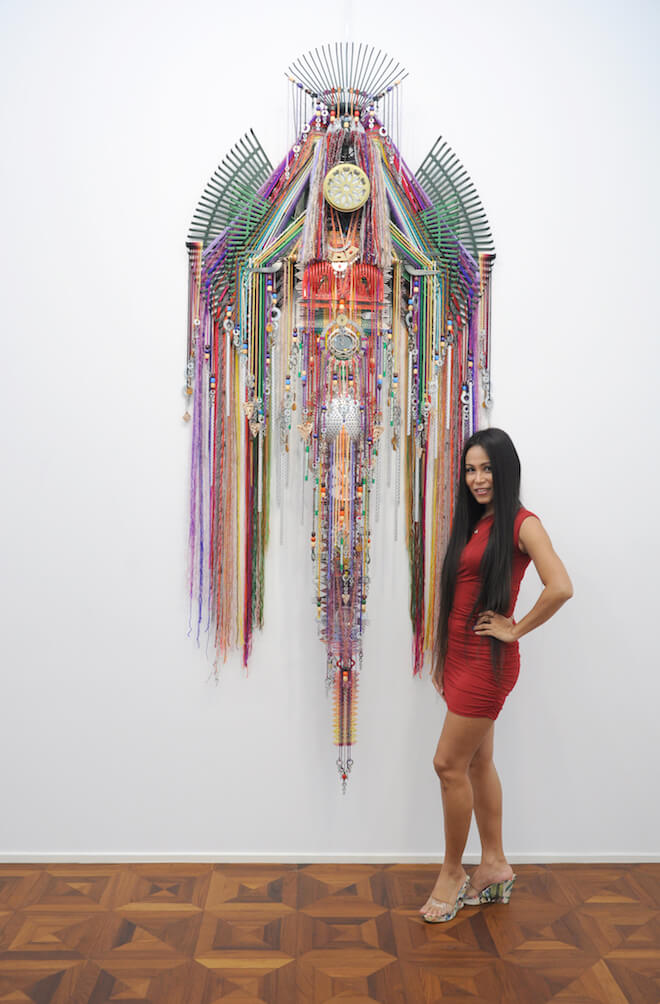
Anne Samat with her ‘Tribal Chief’ series. Image courtesy Richard Koh Fine Art
Does your identity as a woman and as a Malaysian figure in your artistic practice?
These are at the core of my practice. Being a Malaysian woman is not easy. It is as special as it is complicated. From handling the constant pressure to fit into conventional standards set by society to nurturing a family, women have a lot to deal with and yet we are expected to face it with dignity, pride and joy.
xxx Anne Samat, ‘Freedom 6…and to be Loved’, 2017. Image courtesy Anne Samat and Richard Koh Fine Art
What are your sources of inspiration in the making of your artworks?
I always believe that Mother Nature is the greatest source of inspiration. At present, I am producing artworks by combining colours from my surrounding with traditional motifs of Songket and Pua Kumbu. Being open-minded is also another source of my inspiration. All these positive thoughts and energy will navigate me to unlimited access into my creative world.
What are the stories behind the series’ titles, ‘Alpha & Omega’, ‘Tribal Chief’ and ‘Huntsman’?
Those three series are sharing the same narrative: to believe in oneself and the rest will follow. It is also a representation of the unpredictable paths in life we all must travel in order to achieve our goals.
Could you tell us about your career as an artist so far? What have been the challenges you’ve met and the big breaks you’ve had? What do you have your sights set on going forward?
I am loving it. I look forward to doing my work every day. I am very grateful and fortunate because my work is my hobby and my hobby is my career.
I’ve met few challenges before, such as lack of moral support from the local industry because they still believe that this form of art remains a very domestic activity or craft. As an artist, I believe it’s my responsibility to clear the air and welcome them into my creative world.
My break has come with Richard Koh Fine Art at Art Stage Singapore and Art Central Hong Kong 2017. I’ve learnt so many things from these two events, and believe that the sky’s the limit.
From: Art Republik. More information on Anne Samat’s work at rkfineart.com.





